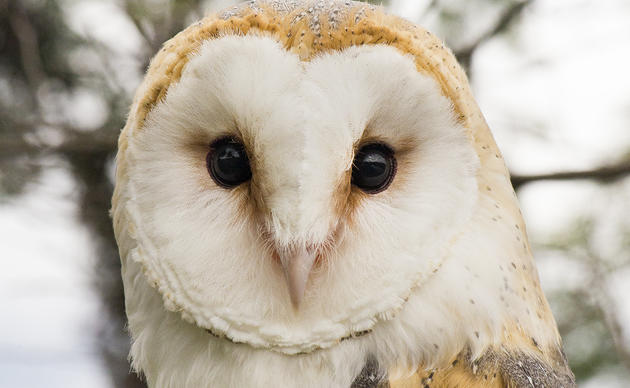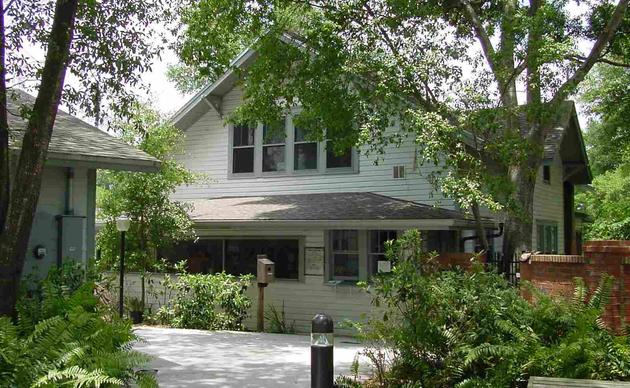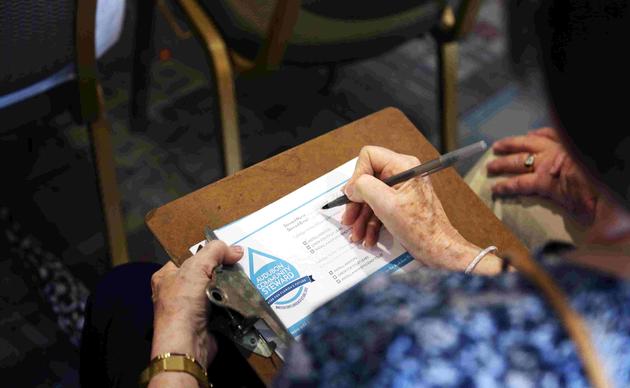A young Bald Eagle that captured the attention – and hearts – of nest camera viewers will live the rest of his life at the Smithsonian National Zoo in Washington, D.C. after months of rehabilitation at the Audubon Center for Birds of Prey.
Connick the Bald Eagle has had an audience since he was just an egg: his nest is the subject of the popular Captiva Island Eagle Cam, streamed online by Window to Wildlife, a company that specializes in wildlife camera installation and monitoring. After September 2022’s Hurricane Ian destroyed the then-empty nest (and, according to reports from EagleWatch volunteers, more than half of the other monitored nests in Lee County), Window to Wildlife received permission from the Florida Fish and Wildlife Conservation Commission to install an artificial nest and cameras in the original location. Soon after, the eagle pair returned to the nest, and by December, they laid two eggs. Only one would hatch.
Viewers tuned in over the first months of the eaglet's life, during which time he was named after Connor, the operator of Window to Wildlife, and Nick, the volunteer tree climber who installed the nest platform. Connick grew as his parents fed and cared for him, and as the young eaglet began to branch, or jump to nearby branches as a preliminary step in learning to fly. But some eagle-eyed viewers noticed the young eaglet dropping feathers in an unusual way, possibly impacting his future flight abilities, and at around 12 weeks old, Connick fell from his nest after attempting to branch. Viewers alerted the nearby Clinic for the Rehabilitation of Wildlife (CROW), which sent its rescue team to the nest site to search the ground for Connick with headlamps in the dark.
CROW cared for Connick for three weeks, treating him for anemia and bringing him to stable condition, but his needs soon outgrew the Clinic, which lost its large flight enclosure in Hurricane Ian. On April 24, 2023, Connick was transferred to the Audubon Center for Birds of Prey for evaluation and treatment.
In rehabilitation, Connick continued to drop feathers, but with no other symptoms, his care team determined that it is likely the result of a genetic condition. After more than four months of rehabilitation, Center for Birds of Prey staff deemed Connick nonreleasable due to his feather condition. So began the search for a permanent home for the bird.
The Audubon Center for Birds of Prey cares for more than 700 raptors each year, and while over 40% are released back to the wild, some are nonreleasable for a variety of reasons. The Center works closely with raptor centers, zoos, and sanctuaries across the country to place those birds. The National Zoo was an obvious first choice for Connick’s future home, because of the quality of the open-air Bald Eagle enclosure there and the fact that they only have one other eagle in their care, a young female named Acadia.
Connick will make the journey north early next year, and after a quarantine and assessment period, he is expected to be on exhibit at the National Zoo sometime in 2024. In the meantime, the Center for Birds of Prey is ensuring Connick has the skills he needs to thrive in his future home, but according to volunteer Cheryl Merz, Connick is a natural.
“Connick has such a chill even temperament, and he’s acclimated well to captivity,” she says. “Everything the National Zoo trainers have asked us to do with him, he’s done all of it very well.”




